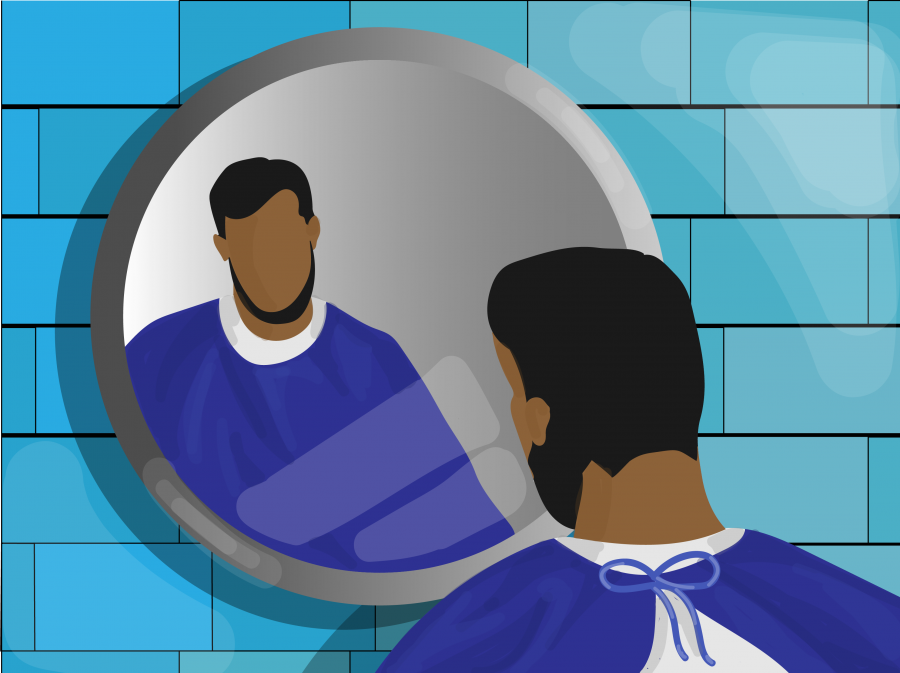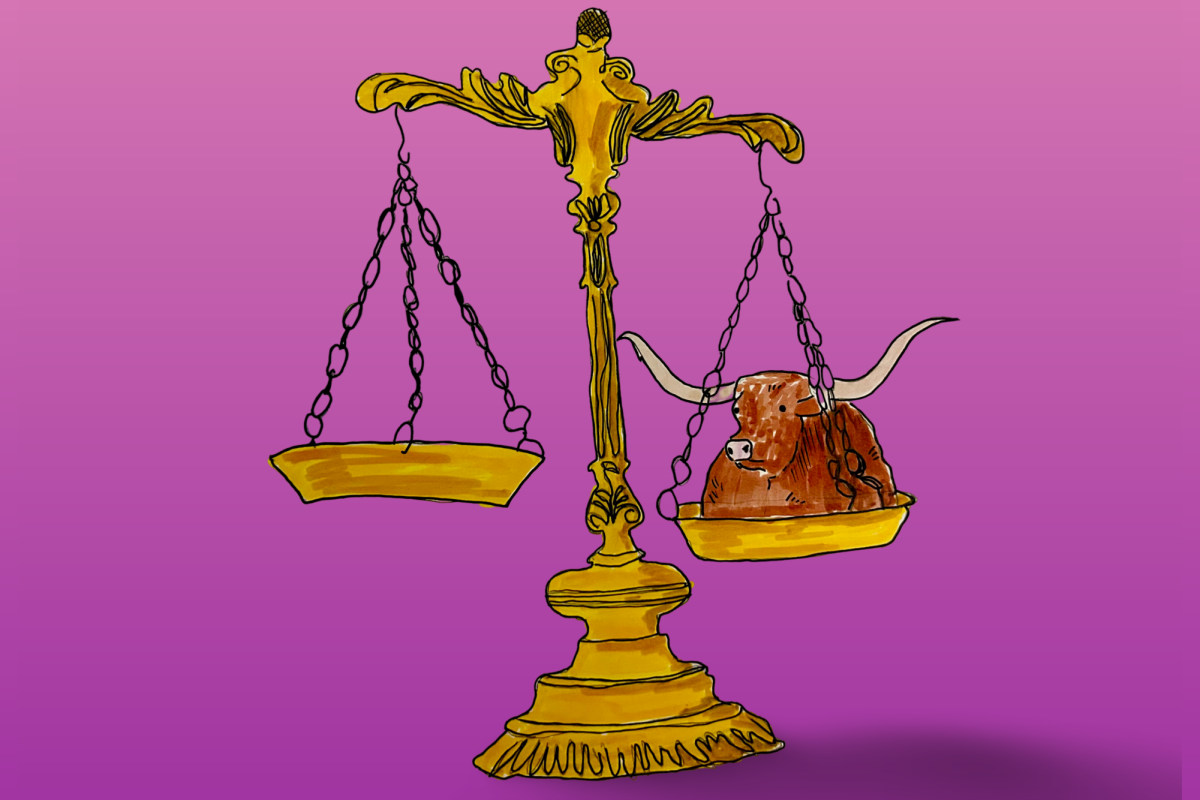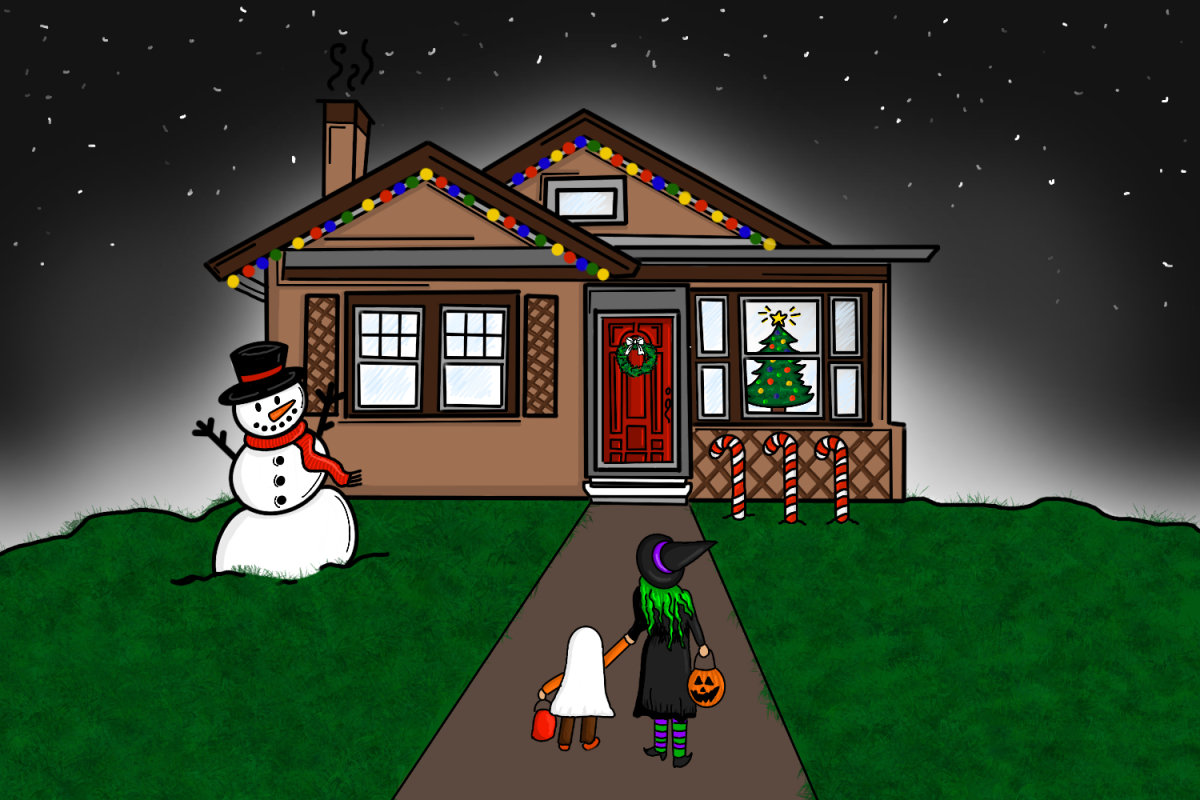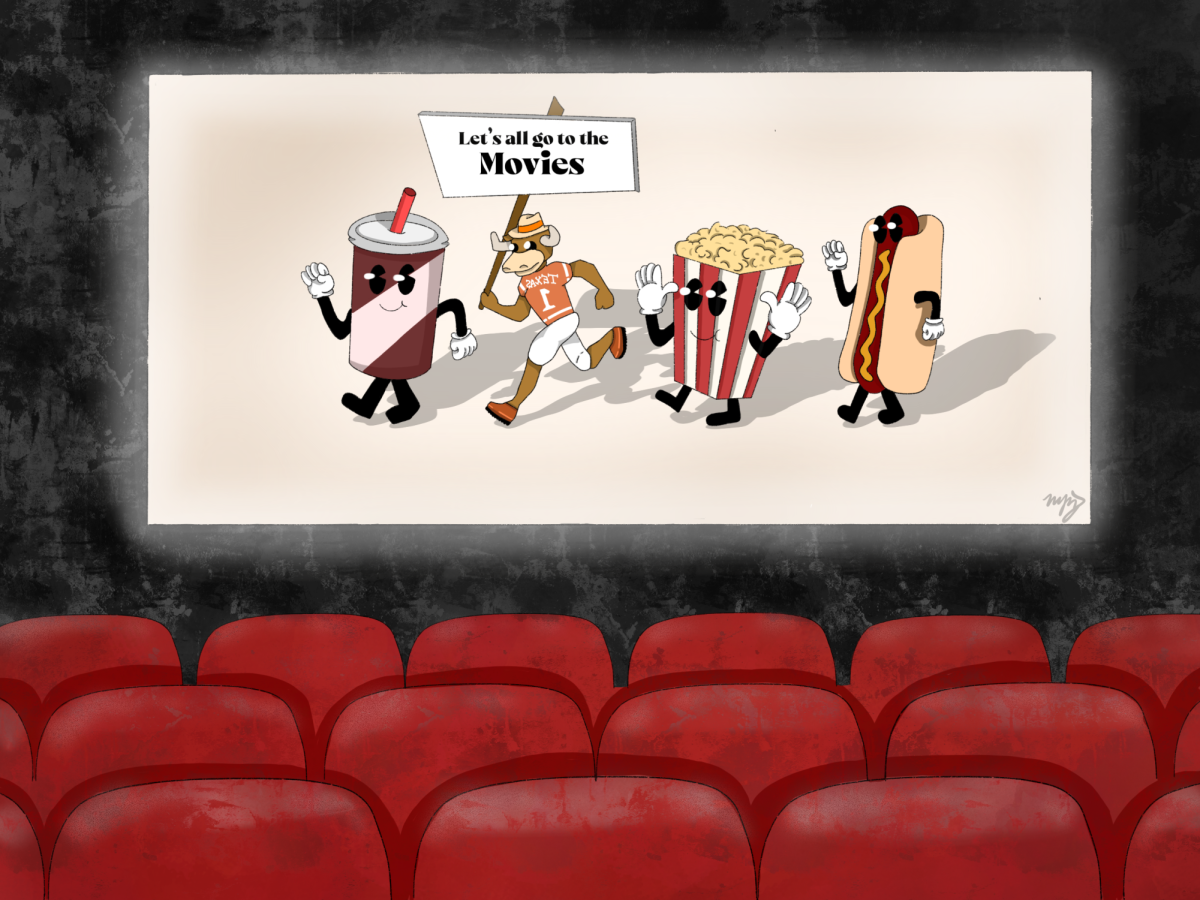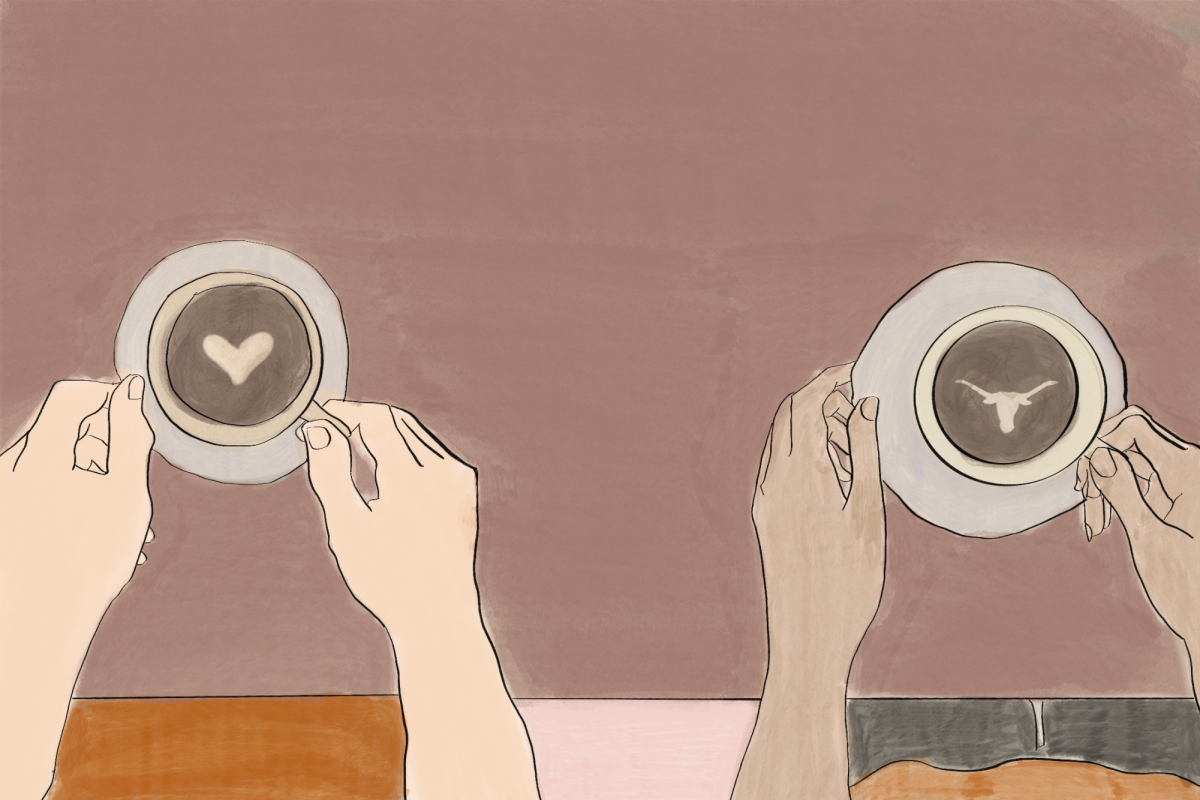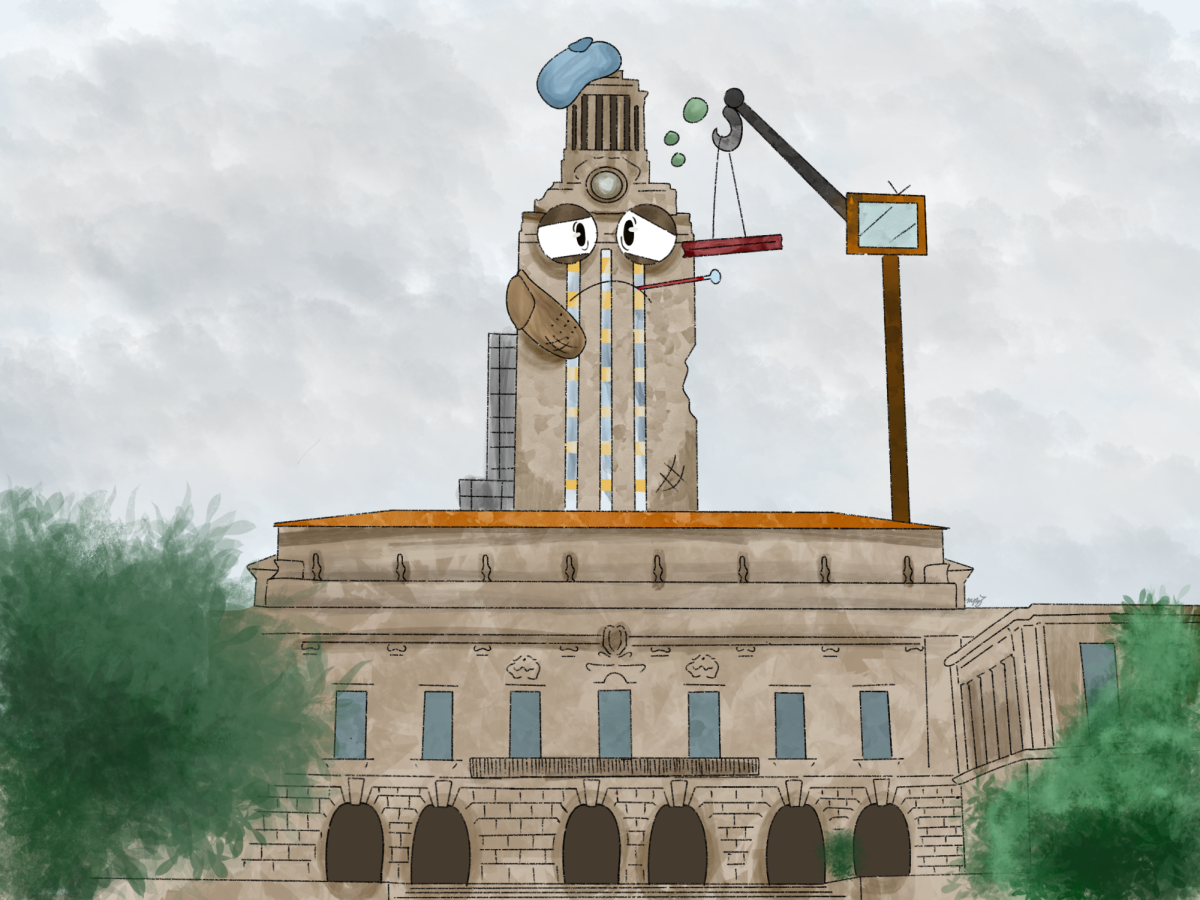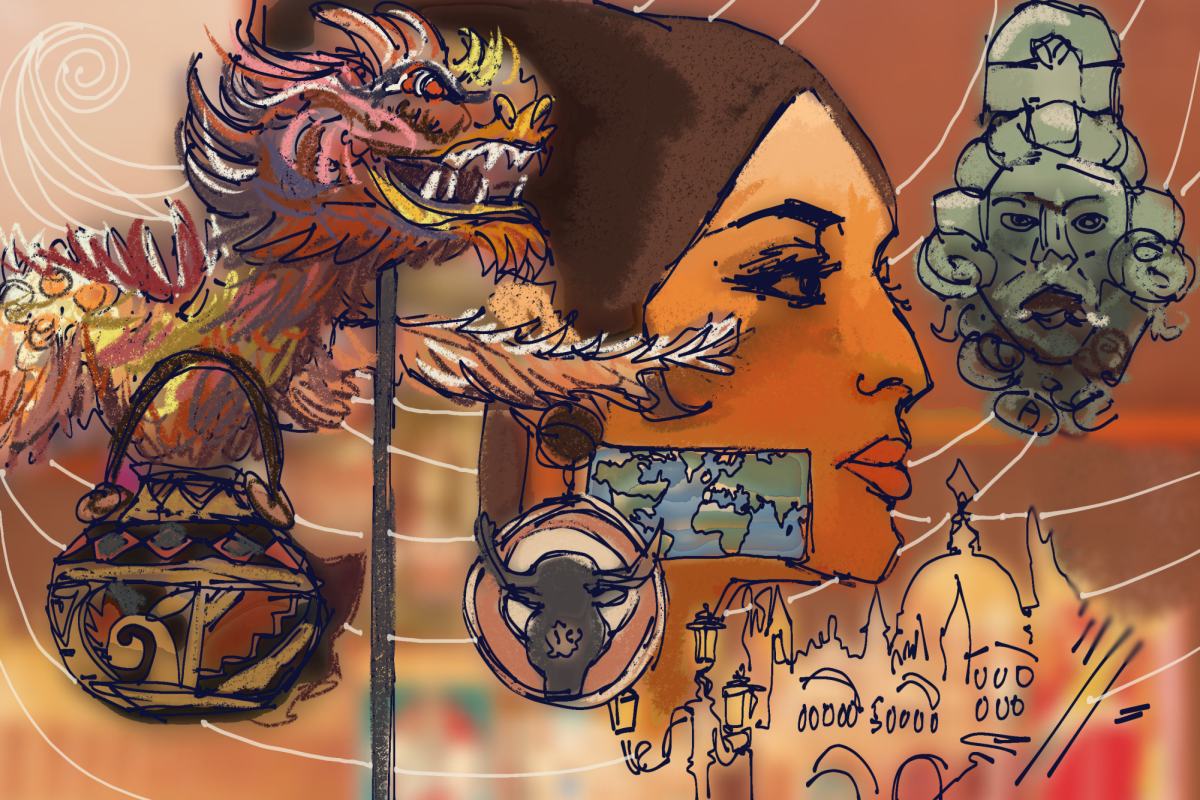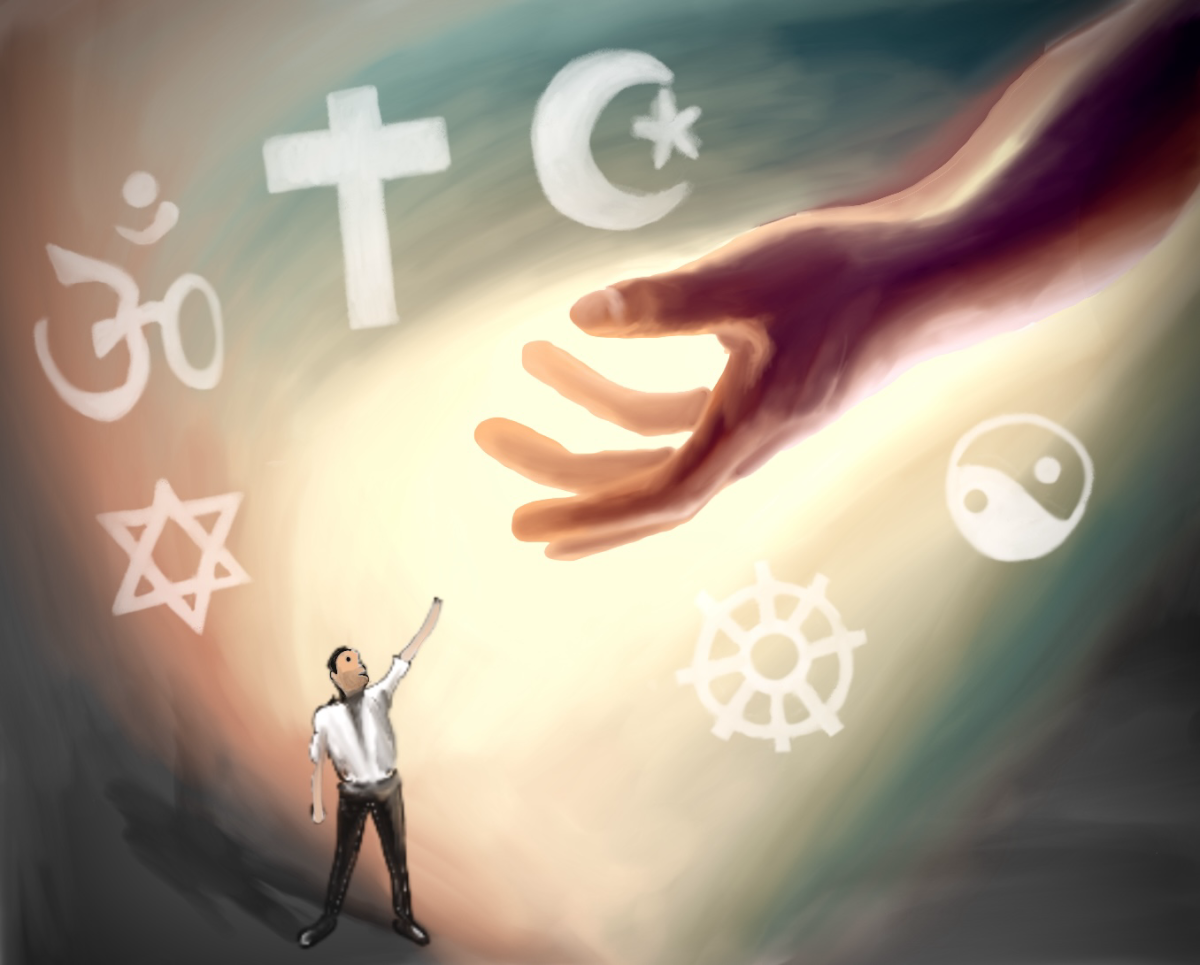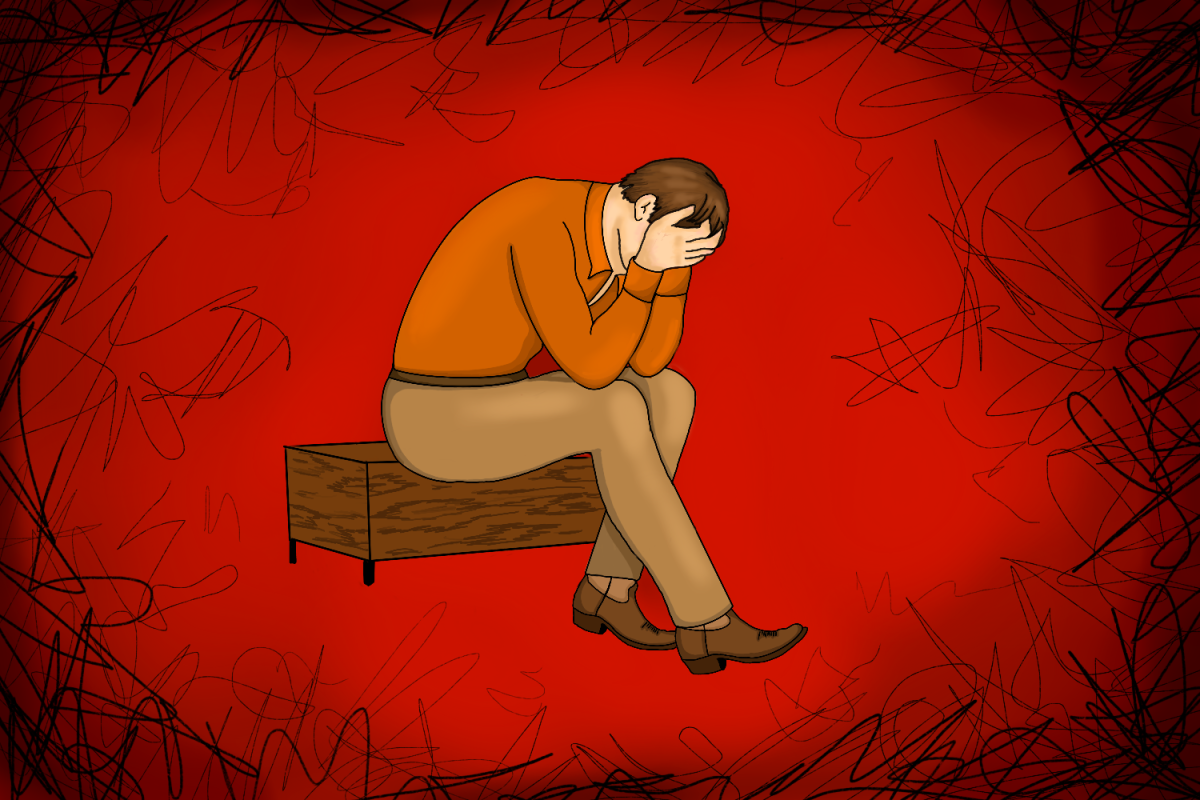With UT-Austin’s marginalized black population on campus, it is challenging for students of color to come to the University and have any sense of where necessities such as barbershops are located. Once students find these barbershops, they must then foster a relationship with their barber over time. Finding reliable barbers is an inconvenient process that comes with a new environment. UT needs to assist students in this process by publicizing student barbers who cater to students of color on campus through collaborative efforts with black organizations on campus. By doing so, UT can help bring its black community closer together.
I transferred to UT this past fall, and I still have trouble finding reliable barbershops in Austin. I am privileged, however, to have a car, which allows me to drive through Austin and experiment with different barbershops. However, this is not the case for all incoming students, and that lack of transportation can be detrimental when trying to find a new barber.
“It takes a minute to find a barber in Austin … some people don’t have that kind of transportation,” said Eric Cain, a psychology sophomore and student barber. “If you’re not mobile, you’re going to have problems.”
Issues with transportation combined with being a member of such an underrepresented minority group can hinder black UT students who are in search of Austin barbers.
“One of the many uncomfortable things of being in Austin when you’re black is that the barber situation is tough,” says Kassa Kassahun, a public health junior. “There’s not that many options for (black students) in Austin.”
UT can help students of color find barbers by partnering with different African American student organizations — the Black Student Alliance or the African American Student Alliance — to promote student barbers on campus. The University can help develop and facilitate these collaborations through UT resources that support students, such as the Multicultural Engagement Center and the Division of Diversity and Community Engagement, the engagement center’s parent organization. Through these collaborations, student barbers could be brought in for workshops and networking opportunities to help promote their services on campus, eliminating the barrier of having to go off campus to seek barbershops.
“Having black barbers on campus, you would have someone who understands what kind of haircut the person needs, and second, someone (black students) can relate to,” Cain said.
The Division of Diversity and Community Engagement facilitates collaborations like this one as they accept cosponsorship applications to make these partnerships a possibility. These collaborative efforts could also help unite UT’s black population.
“The black community at UT is pretty distant,” Cain said. “You don’t see all the same people at the same events. You don’t see them come together.”
UT facilitating workshops between black barbers and African student organizations on campus could essentially create an open hand for the community, Kassahun said.
I agree, as barbershops are more than just places to get haircuts for people of color. They allow the black community to come together, speak freely and openly express themselves without constraints. “(Barbershops) are basically like safe spots for anybody and any type of personalities,” Cain said.
If UT publicizes student barbers and helps initiate workshops for them to come in occasionally and cut hair for students of color, UT will help unify the black community on campus altogether.
West Jr. is a journalism sophomore from New Orleans, Louisiana.

